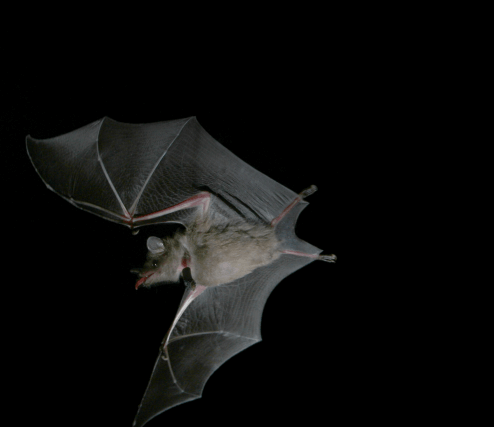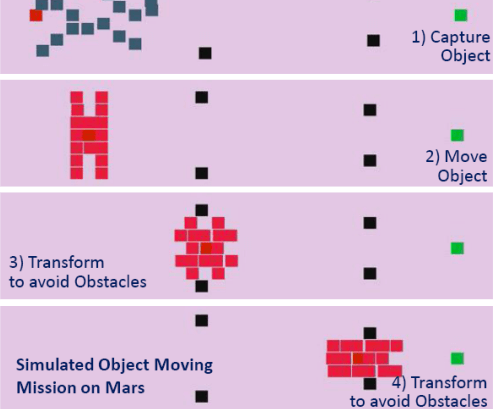Biodynamical Engineering
Definition and Scope
Biodynamical Systems describe the motion and dynamics of systems that are either found in, or based on natural/biological systems. For example, we may simply enquire: how do fish move? Or, we may ask: how can we construct a simple robotic fish? And thence: what are the essential elements of being a fish? Which might we copy? Which might we improve upon? The answers (and questions themselves) bring together talents from many sources.
Associated faculty
Henryk Flashner, Yan Jin, Eva Kanso, Mitul Luhar, Niema Pahlevan, Paul Newton, Satwindar Sadhal, Geoff Spedding, Firdaus Udwadia
Strengths in AME@SC
We have a very strong blend of analysis (Kanso, Newton), experiment (Maxworthy, Spedding) and multi-level systems thinking (Jin, Udwadia). The range of scales runs from micro- to macro-scale in human transport systems alone (blood cells to wheelchairs), and involves individuals (fish, birds, people) or populations (bacteria, fish, terrorists, cancer cells).
Focus within a focus
Biodynamical systems research in AME is lively and active on many fronts. Here are some in which we have demonstrated expertise and in which we aim to grow.

Biofluiddynamics (Kanso, Luhar, Sadhal, Spedding)
In the search for better human-designed micro-air vehicles, we study the aerodynamics of birds and bats. We study fish locomotion as a possible template for efficient underwater transport systems. We study chemical and cellular transport in the blood and in human eye. In each of these systems we search for fundamental organizing principles -- those that generalize to different length scales or different degrees of complexity. Very often this takes the form of formulating the simplest possible mechanical or theoretical system that has the required properties, and then trying to understand exactly how this works. It is increasingly the case that the understanding of complex fluid-structure interactions with flexible biomaterials is an essential component.
Self-organization of complex systems (Jin, Udwadia)
Engineering design and system development is usually construed as a top-down process, with fully known, deterministic linkages. Alternatively, we may examine biological design styles to represent, evolve design information, and develop shapes and functions, by creating a cellular self-organizing (CSO) system framework. Adaptive self-organization takes place in response to environmental changes. Along the same lines, complex dynamical systems responses can be modeled and predicted from simple neighborhood interactions that can be used to investigate the development and sustenance of criminal or terrorist networks as well as predator-prey relations.


Dynamical human systems (Newton, Flashner)
Dynamical Systems modeling of the human biology encompasses many scales of motion, from molecular to body-size. The spread of mobile cancer cells in the body can be modelled as fluid motion through a probabilistic network. The modeling can be statistical, or it can account for physics-based interactions, such as fluid and contact forces on single cells in their migration. A further example, at quite different scale involves human machine interactions in wheelchair locomotion. We ask how potentially harmful vibrations can be predicted and controlled in this mixed biological and mechanical system.
Published on March 3rd, 2017
Last updated on July 19th, 2022

